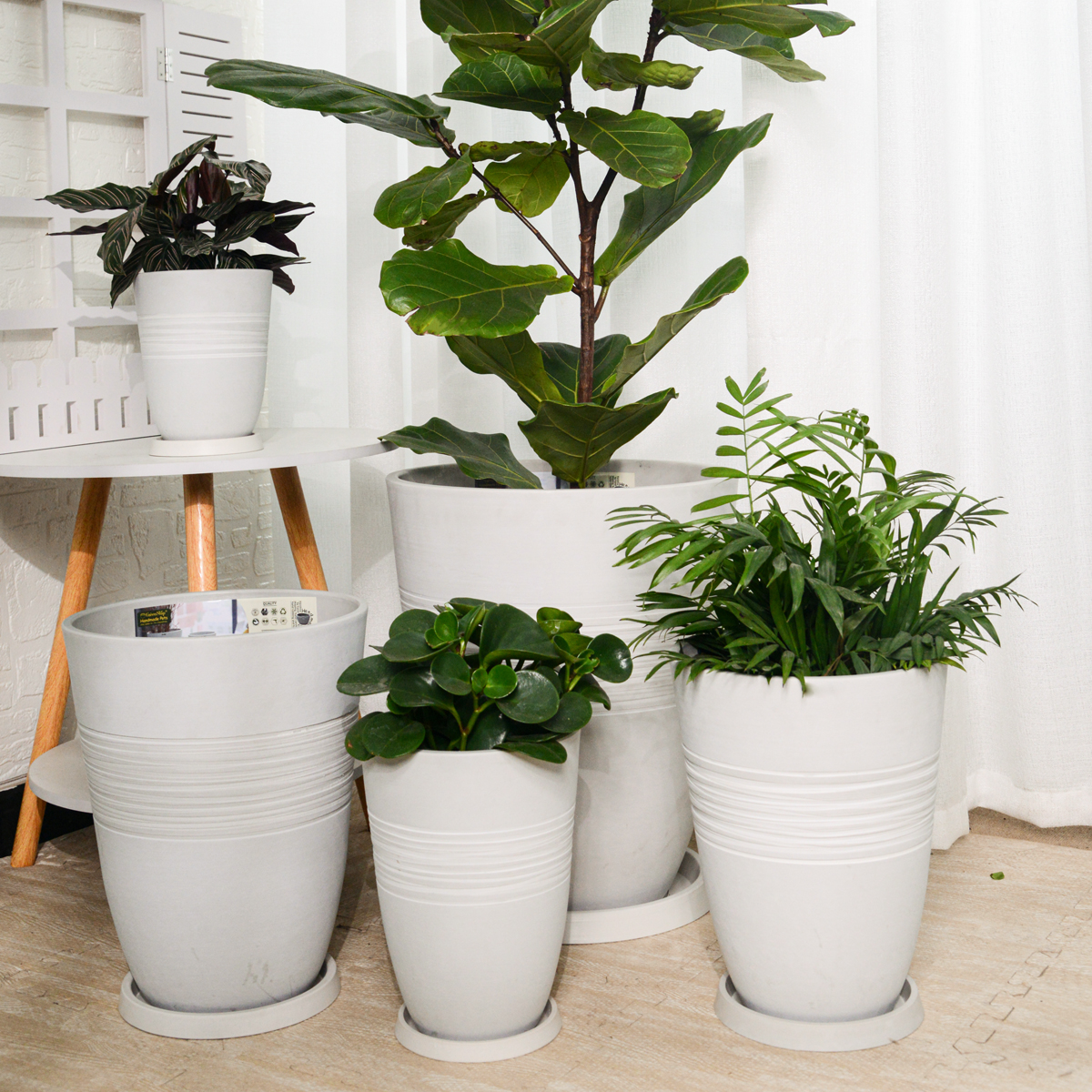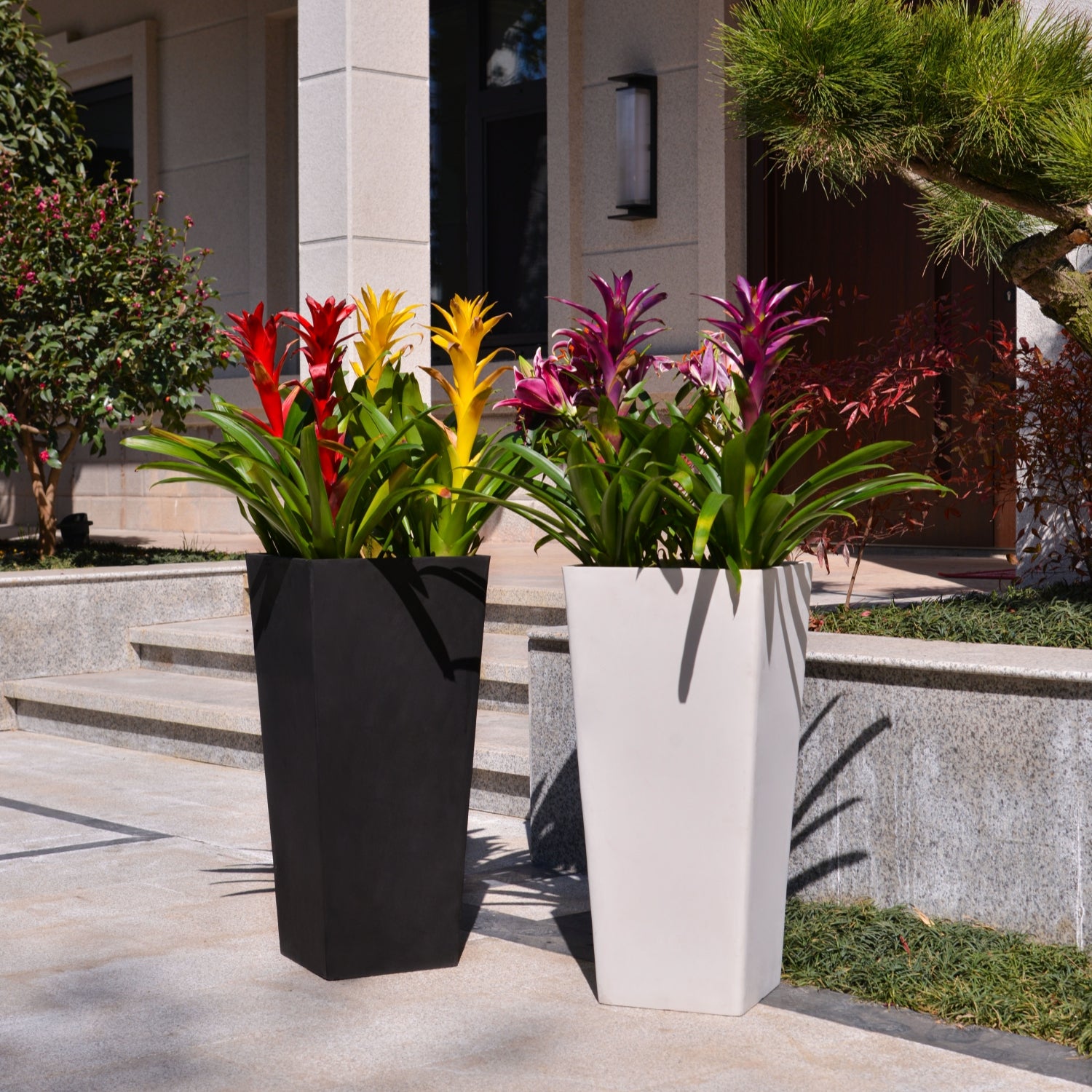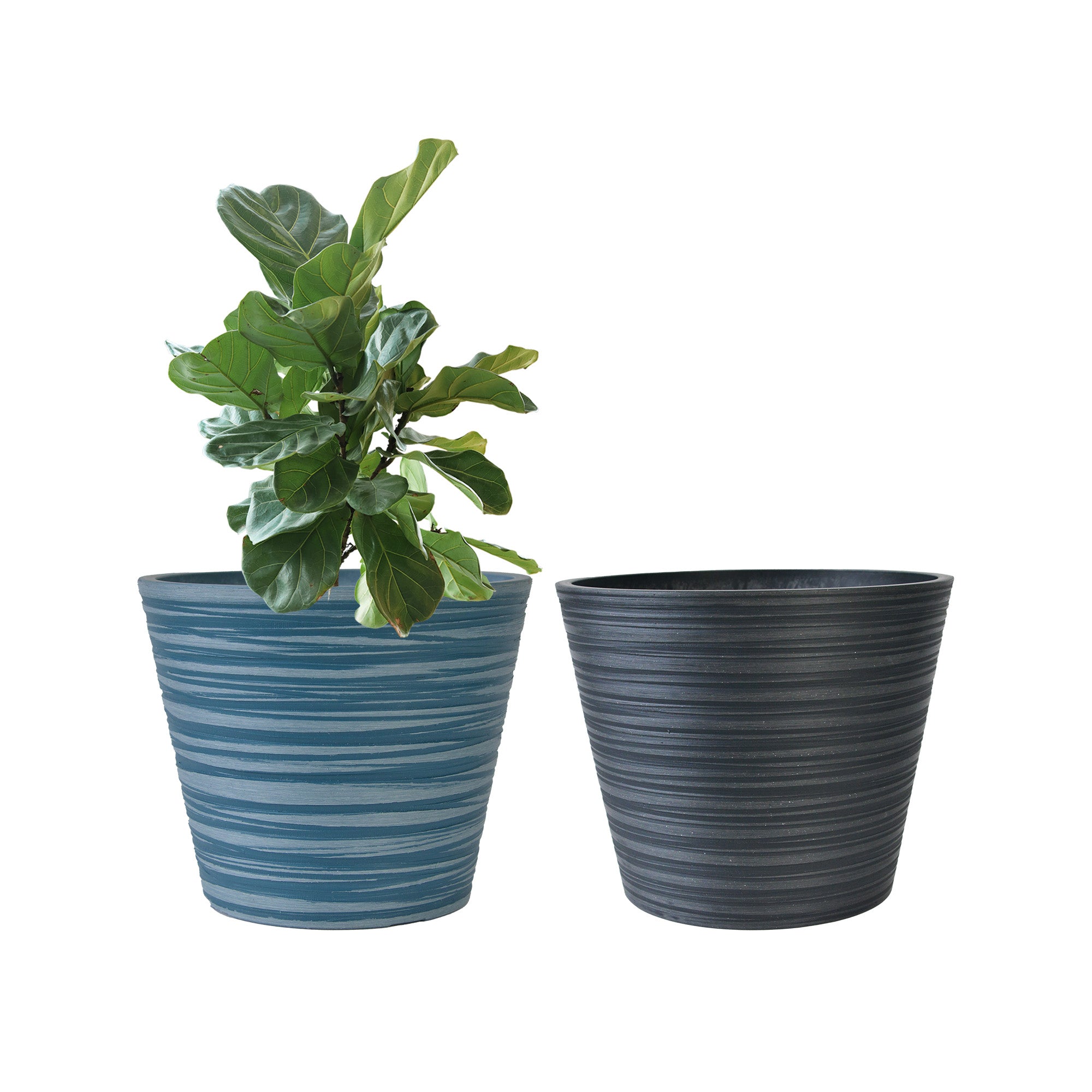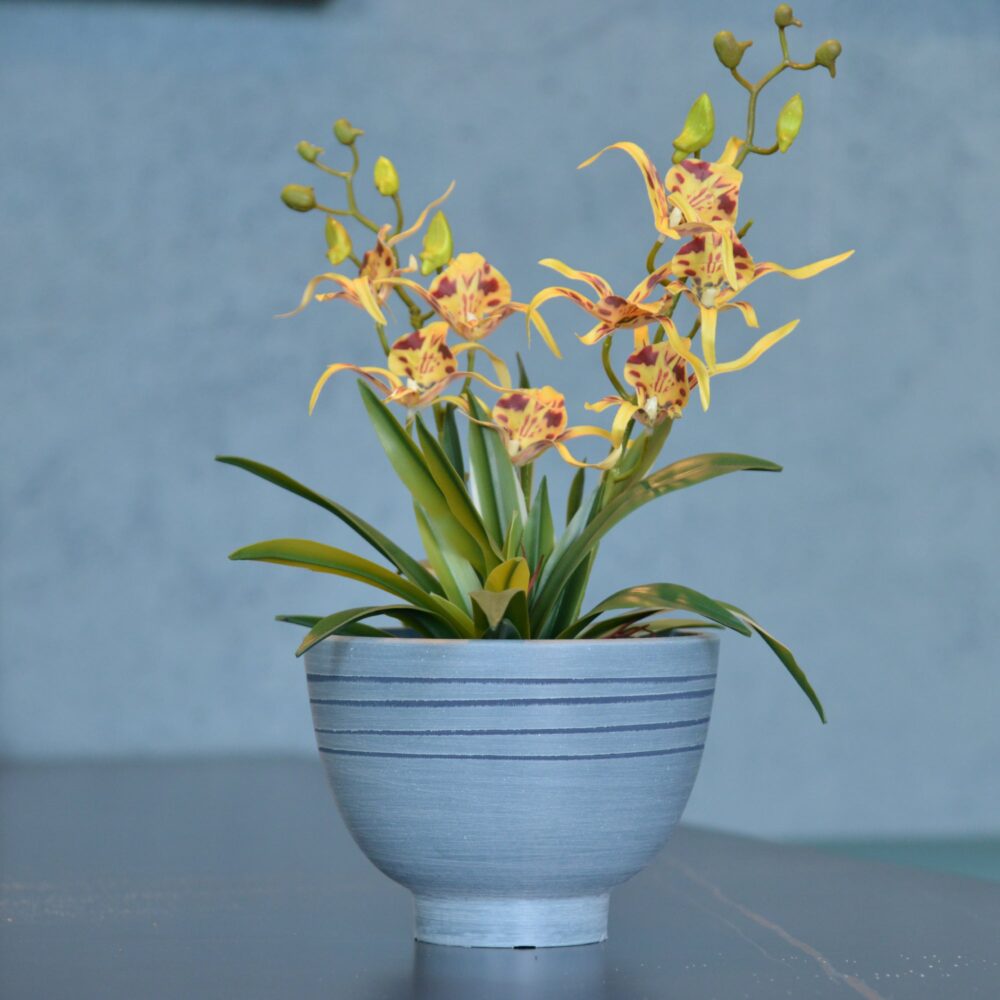Give Your Orchid a Second Life: A Guide to Reviving Dying Orchids
Orchids, with their elegant blooms, can sometimes appear lifeless. But don’t lose hope! Often, what seems like a dead orchid is simply a dormant plant waiting for the right conditions to rebloom. Reviving an orchid is possible with the right care and patience.
Understanding Why Orchids Decline
Before attempting to revive your orchid, it’s important to understand why it might be struggling. Common reasons include:
- Overwatering: This is the most frequent cause of orchid decline. It leads to root rot, hindering nutrient absorption.
- Underwatering: While less common than overwatering, insufficient watering can also stress orchids.
- Lack of Light: Orchids need bright, indirect light to thrive and bloom.
- Nutrient Deficiency: Orchids are not heavy feeders, but they benefit from regular fertilization.
- Temperature Stress: Extreme temperatures, both hot and cold, can negatively impact orchids.
- Age: Like all plants, orchids have a lifespan. Sometimes, they simply reach the end of their natural cycle.
Steps to Revive Your Orchid
| Step | Description |
| 1. Assess the Orchid | Examine the roots and leaves. Healthy roots are firm and greenish-white, while unhealthy roots are brown, mushy, and hollow. Healthy leaves are firm and green; unhealthy leaves are yellowed, wilted, or spotted. |
| 2. Root Pruning | Gently remove the orchid from its pot and carefully trim away any dead, mushy roots with sterile scissors or pruning shears. Leave healthy roots intact. |
| 3. Repotting | Use a well-draining orchid potting mix. Ensure the new pot has drainage holes. Place the orchid in the new pot, ensuring the crown (where leaves and roots meet) is at the potting mix surface. |
| 4. Watering | Water thoroughly after repotting, then allow the potting mix to almost dry out between waterings. Avoid letting the orchid sit in standing water. The frequency of watering will depend on your environment and the type of orchid. |
| 5. Light & Location | Place your orchid in a location with bright, indirect sunlight. An east-facing window is often ideal. Avoid direct sunlight, which can scorch the leaves. |
| 6. Fertilizing | Begin fertilizing again after a month using a balanced orchid fertilizer diluted to half or quarter strength. Fertilize weakly weekly or bi-weekly during the growing season (spring and summer). Reduce or stop fertilizing during the dormant season (fall and winter). |
| 7. Patience | Orchid revival takes time. It may take several weeks or months to see new growth or blooms. Continue providing proper care and be patient. |
Questions and Answers about Orchid Revival
Q1: How do I know if my orchid is truly dead or just dormant?
A1: Examine the crown and stem. If they are mushy and brown, the orchid may be beyond saving. However, if there is still some firmness and green tissue, even if the roots look bad, there’s a good chance of revival. Healthy orchids also have firm, green leaves. Even if leaves are gone, check for any signs of green in the stem.
Q2: My orchid has no healthy roots left. Can it still be saved?
A2: It’s more challenging, but potentially yes. Orchids can sometimes regrow roots if the crown and stem are healthy. Follow the revival steps, paying close attention to watering and humidity. You might consider placing the orchid in a humidity tray or tent to encourage root growth.
Q3: How long does it take to revive an orchid?
A3: There’s no set timeframe. It can take anywhere from a few weeks to several months to see signs of revival, such as new leaf or root growth. Blooming may take even longer, potentially up to a year or more, depending on the orchid’s health and species.
Q4: Should I cut off all the flower spikes when reviving an orchid?
A4: Yes, it’s generally recommended to cut off old flower spikes when reviving an orchid. This allows the plant to focus its energy on root and leaf growth rather than flowering.
Q5: What type of potting mix is best for reviving orchids?
A5: Use a well-draining orchid-specific potting mix. These mixes are typically composed of bark, moss, perlite, or coconut husk, providing the aeration and drainage orchids need. Avoid regular potting soil, which retains too much moisture and can lead to root rot.
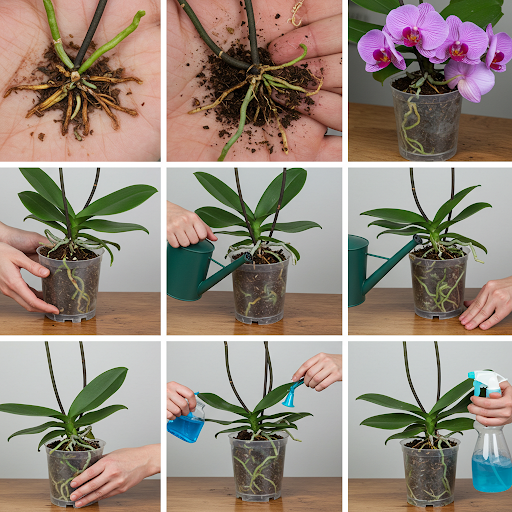
By following these steps and providing consistent care, you can increase your chances of successfully reviving your seemingly dead orchid and enjoying its beautiful blooms once again.
KC2-11VH
By greenship|2024-08-16T06:19:28+00:00August 16, 2024|Categories: Hand-carving Series|
GreenShip 27inch Tall Planters for Porch, Large Outdoor Planter Pots with Drainage Hole
By greenship-seo|2025-04-10T06:27:21+00:00April 7, 2025|Categories: Hand-carving Series|Tags: Decorative Flower Pots|
KC3-14A
By greenship|2024-08-16T06:26:30+00:00August 16, 2024|Categories: Hand-carving Series|
11TH
By greenship|2024-08-13T02:50:25+00:00August 13, 2024|Categories: Hand-carving Series|
Planter 5 in W / 8 in W / 12 in W or Indoor Outdoor Plants, Modern Decorative Plant Pots with Drainage Hole, Decorative Flower Pots
By greenship-seo|2025-04-10T06:37:58+00:00January 16, 2025|Categories: Hand-carving Series|Tags: Decorative Flower Pots|
8 inch/10 inch Planter Indoor Plants, 2 Pack Modern Decorative Plant Pots with Drainage Hole, Cute Bowl Shape Flower Pots
By greenship-seo|2025-04-10T08:03:42+00:00January 9, 2025|Categories: Hand-carving Series|Tags: Decorative Flower Pots, Self-Watering Pots|

